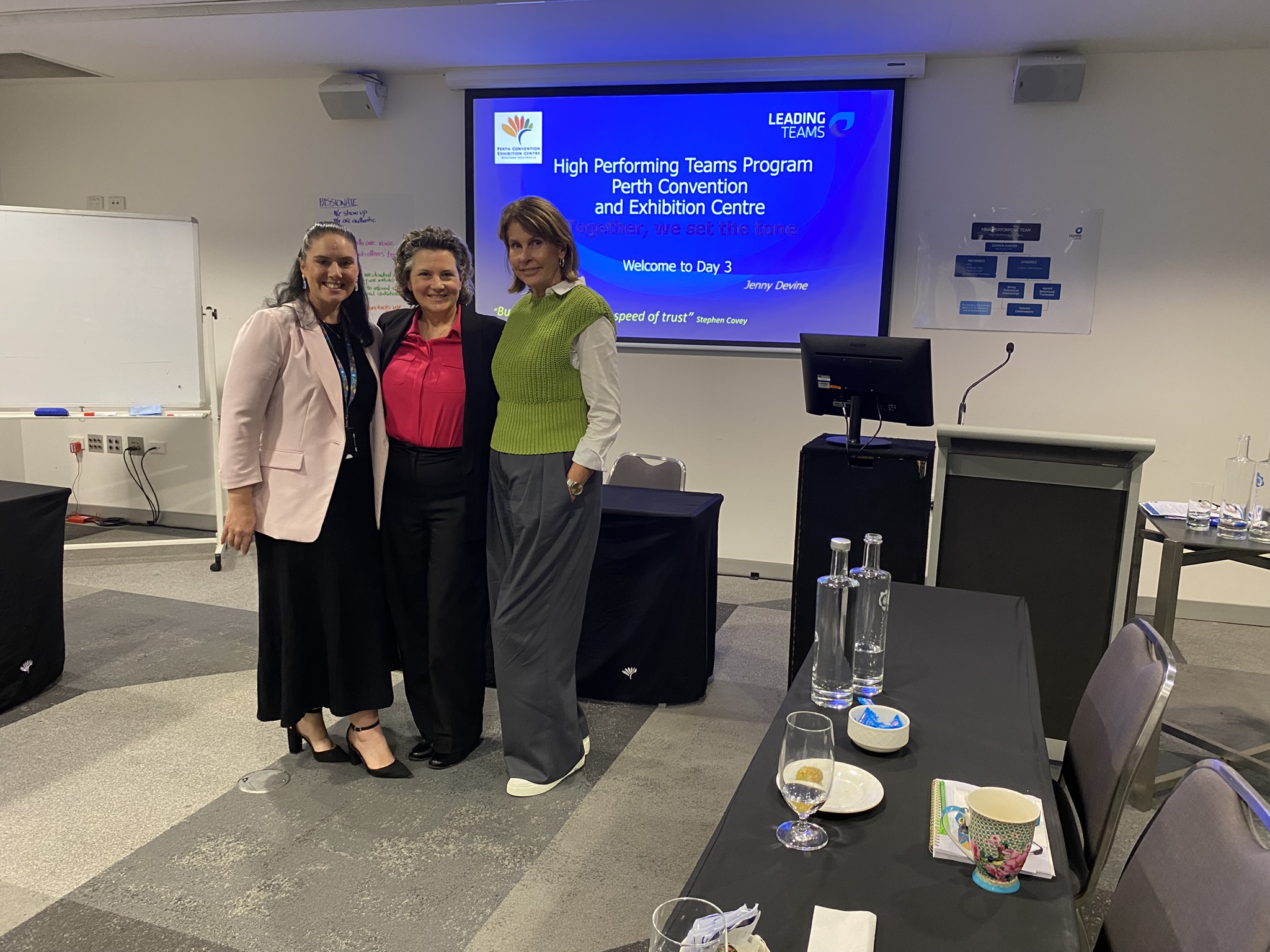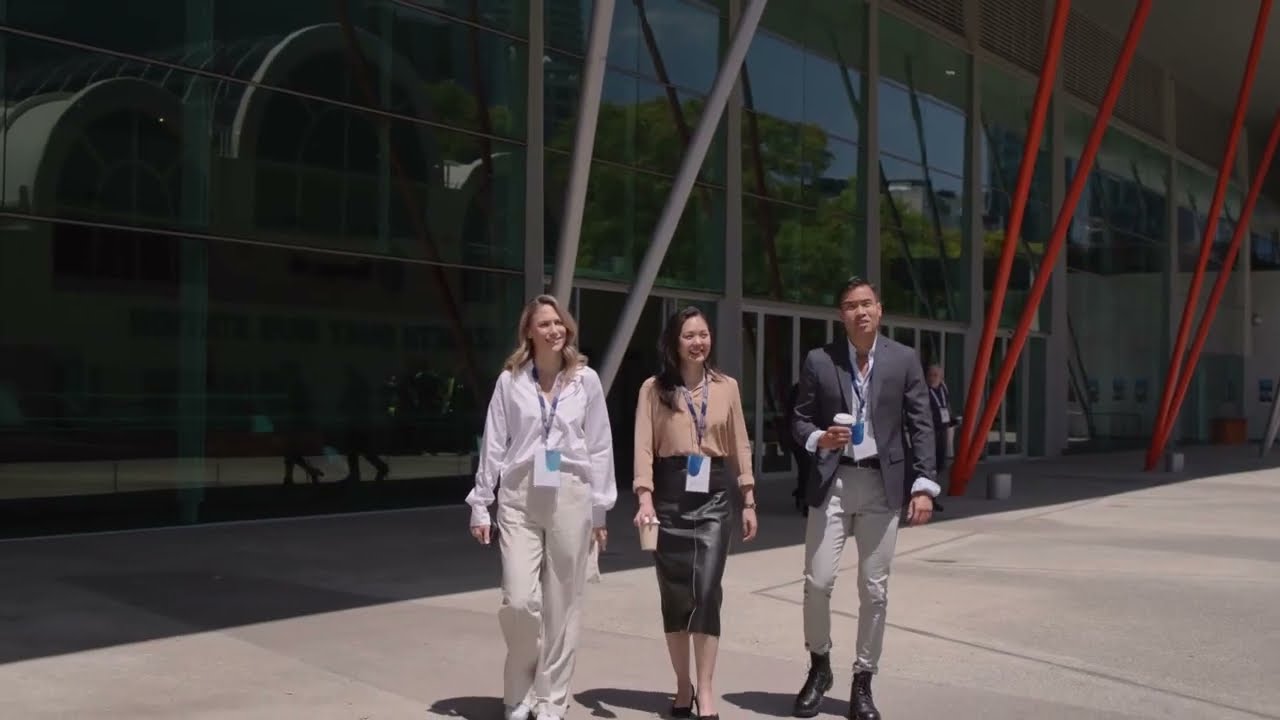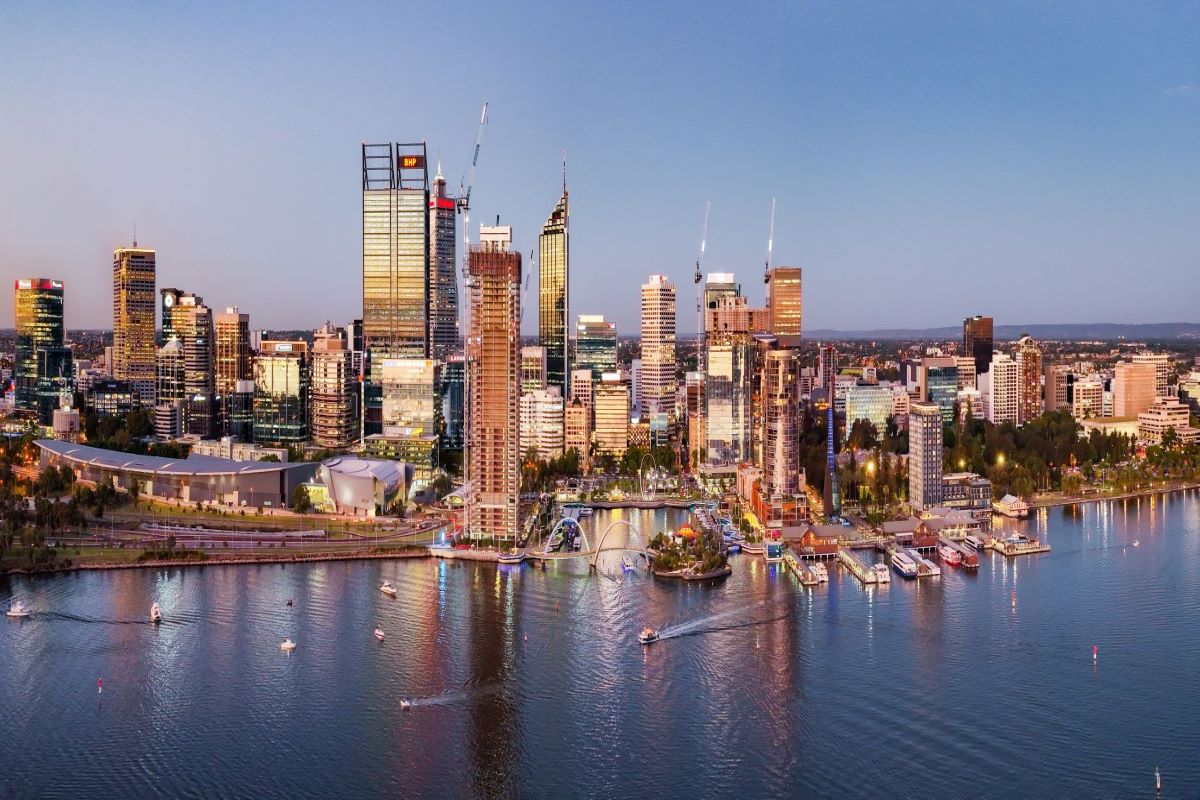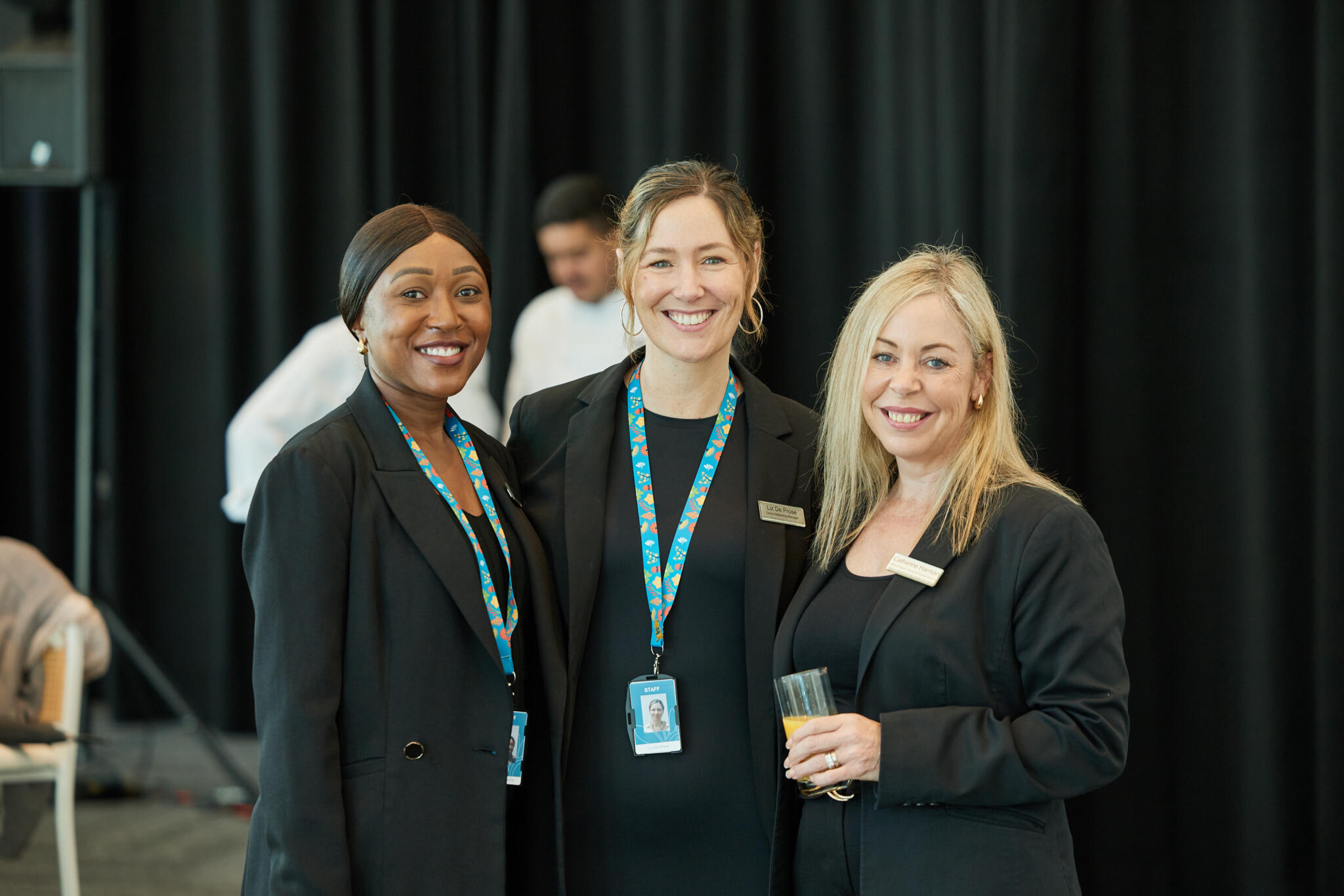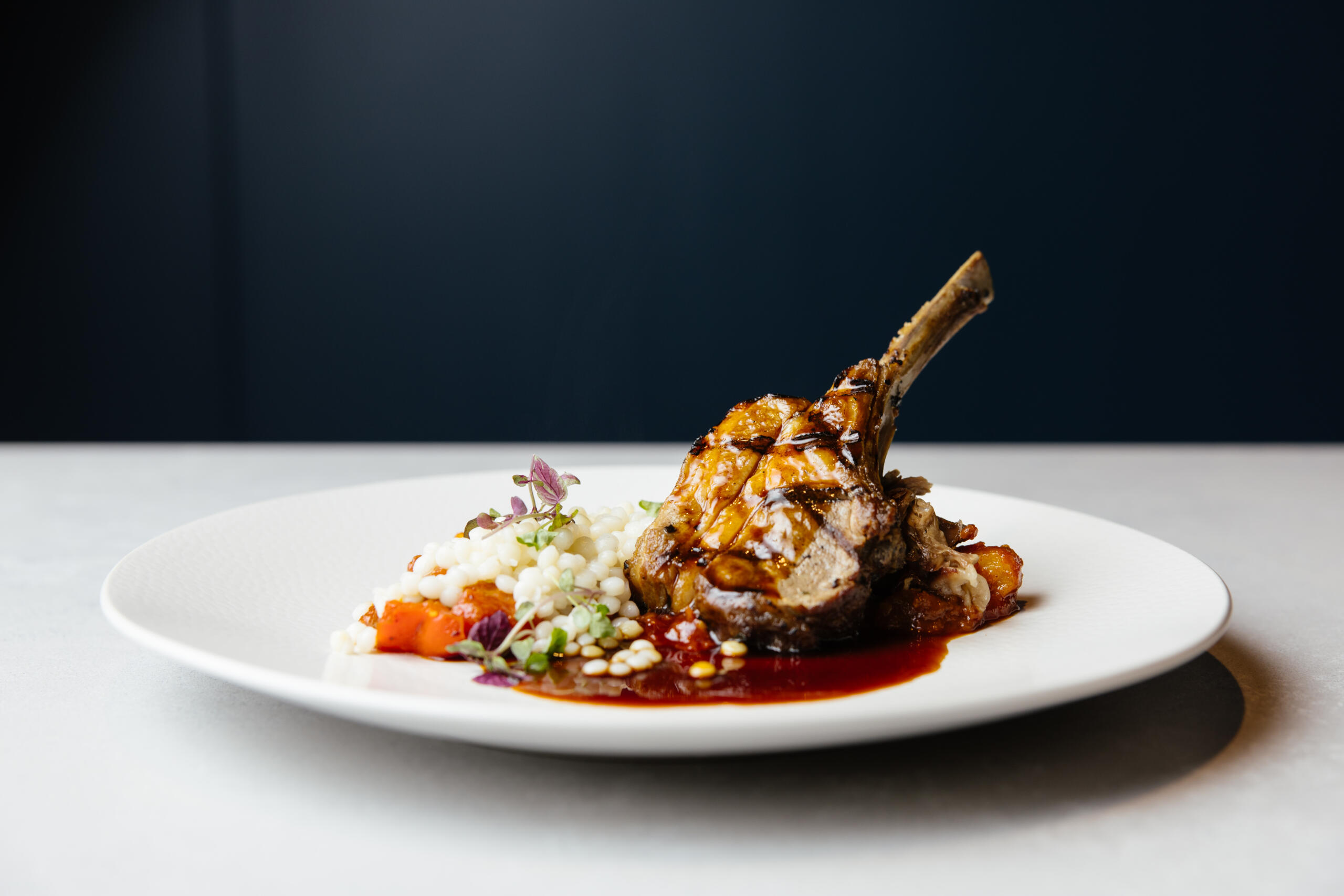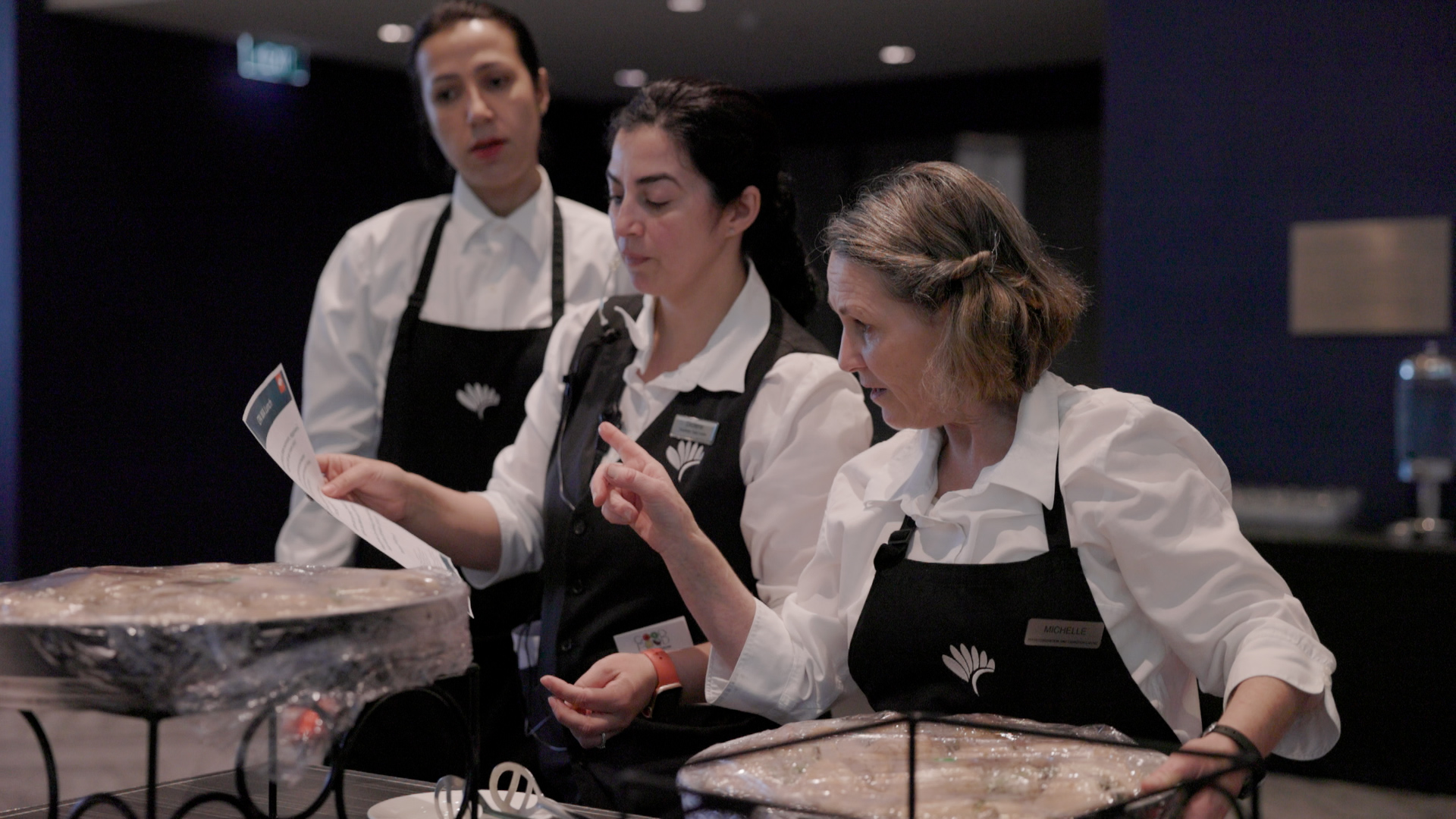Collaboration within teams inside organisations builds trust, drives efficiencies and improves performance. This is a story about how collaboration across three organisations elevated the leadership capabilities of two levels of management in one high-profile venue in the Perth tourism and business events industry.
Part One – It’s All Who You Know
– Leonie Murray – Leadership Coach and Director of The Art of Leadership Pty Ltd
Perth is a town of more than two million people that seems to have less than two percent of separation between people who know each other. People are closely connected, and a connection is how I had the opportunity to start coaching the leaders of the Perth Convention and Exhibition Centre (PCEC).
I started coaching six senior leaders in April 2024 and just over a year later, I’m coaching 19 people – ten in the senior leadership team (SLT) and nine heads of departments (HOD’s). In that time, they have undergone extensive changes – a newly promoted General Manager, a transitional restructure, and a newly formed senior leadership team with an unwavering focus to become better leaders – for their people, their clients and the sector.
We started with individual leadership coaching sessions using the Clifton Strengths Assessment as a development tool. We leveraged it with Strengths focused team workshops and feedback sessions to build trust, improve communication and promote collaboration.
A focus on leadership development is a significant is a testament to PCEC’s leadership commitment to the future of their people.
In late 2024, I recognised that the about-to-be-formed SLT needed something else on top of their individual coaching and strengths workshops that I couldn’t provide – the Leading Teams ‘High Performing Teams’ model with Jenny Devine to deliver it. Jenny and I have previously worked together, and I knew the fit would be compatible with the established strengths-based focus and would continue to elevate the leadership capabilities of the teams.
I’m a keen supporter of the Leading Teams model from lived experience and knew that the Purpose component (along with everything else) would be critical for the success of the new team. Approaching this from both angles (individual and team) had the potential to super-charge overall leadership performance – and this has proven to be the case.
So, I introduced Jenny Devine, Facilitator for Leading Teams to Kendra Naidoo, the GM of PCEC. Leading Teams workshops began in February 2025 for the SLT and were extended to the HOD’s in April 2025.
Part Two – The Collaboration
– Jenny Devine – Facilitator and Consultant for Leading Teams Australia
Leading a high-performing team in a dynamic environment takes focus, vision, and the ability to bring people together around a common goal.
Imagine – like most large organisations – working across diverse operational requirements and evolving external pressures. What makes this business flourish? A commitment to operational excellence, a growth mindset, and leadership that empowers every individual to contribute their best.
It was in this environment that newly appointed PCEC General Manager of Venue Operations, Kendra Naidoo and Head of People and Culture Catherine Harman understood the importance of focusing on supporting and empowering their senior leaders and department heads to work together, create a united message and continue to upskill the leaders to have a positive impact across the business.
Don’t get me wrong… senior leadership at PCEC was some of the strongest I have seen. What makes them so strong, is their ability to understand the complexity of leading others – not just leading processes and systems – and seek out specialist support when needed (in the same way leaders would call in a tax specialist or a marketing guru for specialist help).
So, a successful three-way partnership took shape between PCEC Leadership; and leveraging off the strong work Leonie Murray, Leadership Coach at the Art of Leadership had begun, with one-on-one coaching; group workshop sessions and myself at Leading Teams. With a desire by leadership to grow stronger and genuine collaboration, here are insights from the first six months of working together.
1. The leadership team: The leadership team see themselves as a team – with a clearly articulated common purpose, they have each other’s back and behave in a united way. This minimises silo behaviour and ensures efficient decision-making for the overall good of the business.
2. True accountability: These leaders effectively embrace accountability. They are developing together, displaying vulnerability together and sharing successes. One on one coaching helps these leaders to improve their skills. Team coaching enables these leaders to build their capability – not purely individually – but through the lens of the team and the wider business.
3. Trusted collaboration: An ongoing partnership makes a difference. Collaborating with specialists over time, creates great outcomes.
4. Genuine conversations: The importance of genuine conversations – trust has grown amongst the leadership team, fostering a safe work environment. They are having the conversations that need to be had and may have been avoided in the past.
5. Behaviour matters: Being explicit in creating a trademark – a blueprint for behaviour – and having the tools to regularly role model those behaviours, reward and recognise the desired behaviours and challenge, respectfully, when those behaviours are not being lived by one another, are impacting performance daily.
6. Feedback: The very real impact of honest feedback. Leaders are better at calling out poor behaviour and reinforcing the behaviours that matter.
7. Time and effort: These leaders are prepared to put the time and effort into building the relationships and trust required for a truly empowered environment.
8. Doing things differently: These leaders are willing and feel supported to change their behaviour to accelerate the change required for the PCEC culture.
9. The importance of middle leaders: The benefit of creating stronger connections with the next level of leadership and uplift their leadership skills. All levels of the business are becoming more aligned.
10. Business-wide performance: As a high performing team, the leaders are proactively taking the steps to ensure their strong behavioural standards are passed on through the business.
Leaders can create strong teams and high performance.
With the help of one-on-one coaching, individual leaders move the dial and improve their capability. Team coaching elevates total team and organisational performance even further. It moves the knowing into doing.
This is only the beginning.
Part Three – Leadership Performance Results
– Kendra Naidoo – General Manager of the Perth Convention and Exhibition Centre
When I stepped into the role of General Manager at Perth Convention and Exhibition Centre, I knew that building a strong, aligned senior leadership team would be critical. Not just for business performance, but for culture and connection. What I’ve seen unfold through this coaching collaboration has far exceeded my expectations.
The work we began with Leonie Murray helped us as individuals uncover our leadership styles and natural strengths. For many, it was the first time they’d had space to reflect on their leadership identity. But the real shift happened when we started coming together with shared language, shared purpose, and shared accountability.
Introducing Jenny Devine from Leading Teams into the mix was a pivotal moment. The High Performing Teams Model gave us structure, language, and a framework to align with. It was the next layer of growth we needed. The most visible change? Our senior leadership team became just that – a team. Not a group of very talented subject matter experts often operating in silos, but a collective, leading from shared values, a clear purpose, and a stronger sense of trust.
Since engaging in this work, we’ve seen real results:
- Our internal engagement and culture survey showed a marked improvement in perceptions of leadership visibility, communication, and collaboration.
- Decision-making has become faster and more strategic, with greater cross-departmental input and more feelings of empowerment.
- Feedback discussions have improved – we have a framework that doesn’t make feedback personal.
- And perhaps most meaningfully, our team are saying they feel the difference.
This work hasn’t been about quick fixes or tick-box leadership development. It’s been deep, deliberate, and at times, uncomfortable and vulnerable. But the pay-off has been powerful. We’ve built a senior leadership team that leans into tough conversations, and lead with understanding, intent and with one unified voice.
Collaboration across three organisations – Perth Convention and Exhibition Centre, The Art of Leadership, and Leading Teams – enabled a layered, integrated approach that brought out the best in our people. I’m incredibly proud of how far we’ve come and excited for what’s ahead.
Because when leadership works, everything works better.

